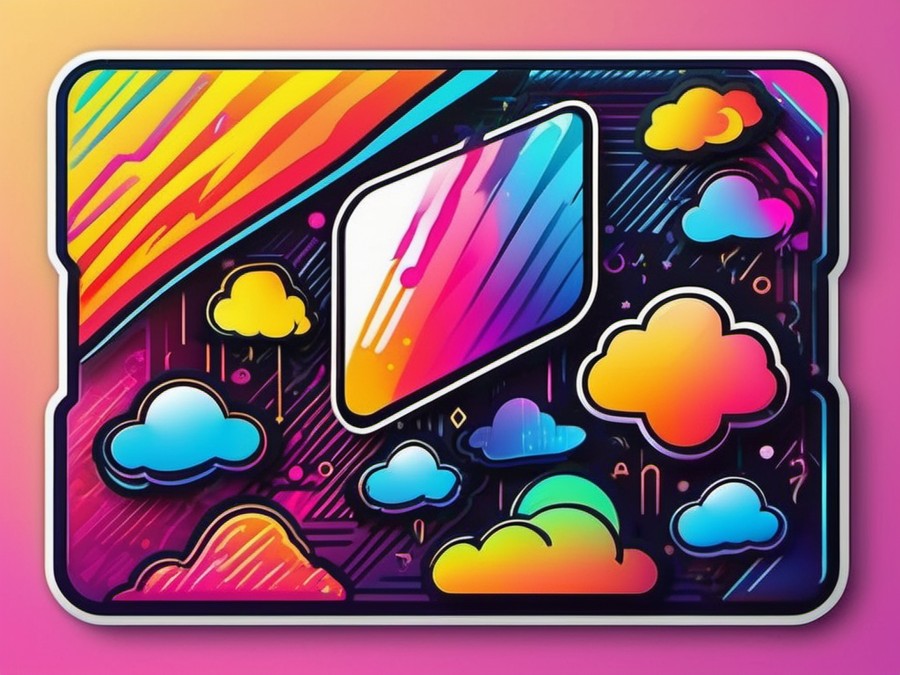· Charlotte Will · Screen Protector Foils · 7 min read
What is the Difference Between Tempered Glass and PET Screen Protectors?
Discover the differences between tempered glass and PET screen protectors. Learn about scratch resistance, drop protection, flexibility, and more to make an informed decision for your smartphone.

Introduction
Smartphones have become an integral part of our daily lives, and with that comes the need to protect them from everyday wear and tear. One of the most popular ways to do this is by using a screen protector. But what type should you choose? Two of the most common types are tempered glass and PET (polyethylene terephthalate) screen protectors. Understanding the difference between these two options can help you make an informed decision that best suits your needs.
Understanding Tempered Glass Screen Protectors
What is Tempered Glass?
Tempered glass is a type of safety glass that has been treated with heat or chemicals to increase its strength. This treatment makes the glass more resistant to impacts and breaks, which is why it’s often used in car windows, smartphone screens, and other applications where durability is important.
Key Features of Tempered Glass Screen Protectors
Scratch Resistance
Tempered glass screen protectors offer superior scratch resistance compared to PET. They are less likely to be scratched by keys, coins, or other sharp objects that you might carry in your pocket. This makes them an excellent choice for those who want to maintain the pristine condition of their smartphone screen.
Drop Protection
In drop tests, tempered glass has shown to be much tougher than PET. While no screen protector can guarantee that your phone will survive every fall, tempered glass significantly increases the chances of your screen remaining intact after a drop.
Edge-to-edge Coverage
Many tempered glass screen protectors offer edge-to-edge coverage, which means they extend all the way to the edges of your screen. This provides better protection but can sometimes make installation a bit more challenging.
Bubble-free Installation
One of the advantages of tempered glass screen protectors is that they are designed to be bubble-free during installation. This not only makes the process easier but also ensures that your screen protector looks smooth and seamless once applied.
Understanding PET Screen Protectors
What is PET?
PET, or polyethylene terephthalate, is a type of plastic that is commonly used in screen protectors due to its flexibility and resistance to chemicals. PET is often chosen for its balance of durability and affordability.
Key Features of PET Screen Protectors
Flexibility
PET screen protectors are known for their flexibility, which can be a significant advantage. This flexibility allows them to conform better to curved screens and makes them easier to apply without the risk of bubbles or mismatched edges.
Privacy
Some PET screen protectors offer privacy features, which means that the protector is designed to restrict the viewing angle of your screen. This can be particularly useful for those who frequently use their phone in public settings and want to protect sensitive information from prying eyes.
Blue Light Reduction
Another benefit of some PET screen protectors is their ability to reduce blue light. Blue light exposure, especially in the evenings, can affect your sleep cycles. By reducing blue light, these protectors help maintain a healthier sleep pattern.
Comparing Tempered Glass and PET Screen Protectors
Durability: Which One is Tougher?
When it comes to durability, tempered glass screen protectors are generally considered tougher than their PET counterparts. Tempered glass is more resistant to scratches and impacts, making it a better choice for those who are concerned about the physical protection of their screen. However, this doesn’t mean that PET protectors are not durable; they offer a good balance of toughness and flexibility.
Appearance: Which Looks Better?
The appearance of a screen protector can significantly affect the overall look of your smartphone. Tempered glass screen protectors often provide a sleek, glossy finish that can enhance the aesthetics of your device. On the other hand, PET screen protectors are available in both matte and glossy finishes, allowing you to choose the one that best matches your preferences. Learn more about matte and glossy finishes.
Installation: Which One is Easier to Apply?
The installation process can vary between tempered glass and PET screen protectors. Generally, PET screen protectors are easier to apply due to their flexibility and the fact that they can be repositioned multiple times without leaving residue. Tempered glass screen protectors, while offering a bubble-free installation, can be more challenging to align perfectly on the first try.
UV Resistance: Which One Lasts Longer?
UV resistance is an important factor to consider when choosing a screen protector. Tempered glass is more resistant to UV rays and is less likely to yellow over time compared to PET. This means that a tempered glass screen protector can maintain its clarity and appearance for a longer period.
Perfect Fit: Choosing the Right Protector for Your Device
iPhone Users: Tempered Glass vs PET
For iPhone users, both tempered glass and PET screen protectors are available in a variety of sizes and styles. However, many iPhone users prefer tempered glass due to its superior scratch resistance and drop protection. If you frequently upgrade your iPhone, a PET screen protector might be more suitable due to its easier application and removal.
Samsung Galaxy Users: Tempered Glass vs PET
Samsung Galaxy users also have the option of choosing between tempered glass and PET screen protectors. Samsung devices often have curved screens, making the flexibility of PET a significant advantage. Additionally, some Samsung users prefer PET screen protectors with privacy features to protect sensitive information.
Other Brands: Tempered Glass vs PET
For other smartphone brands, the choice between tempered glass and PET screen protectors largely depends on personal preference and specific needs. If you prioritize durability and scratch resistance, tempered glass is the way to go. However, if you prefer a screen protector that is easy to apply and offers flexibility, PET might be the better option.
Additional Considerations
Cost: Which Option is More Affordable?
The cost of screen protectors can vary significantly depending on the brand and features. In general, PET screen protectors are more affordable than tempered glass ones due to the lower cost of materials and production. However, this doesn’t necessarily mean that PET screen protectors are the best value for money. When considering cost, it’s essential to weigh the long-term benefits and durability of each type.
Customization: Which One Offers More Options?
When it comes to customization, PET screen protectors offer more options due to their flexibility and the wide range of finishes available. Tempered glass screen protectors, while offering a sleek and glossy finish, have fewer customization options. If you’re looking for a screen protector that can be tailored to your specific preferences, PET might be the better choice.
Conclusion
Choosing between a tempered glass and PET screen protector depends on your specific needs and preferences. If you prioritize durability, scratch resistance, and drop protection, tempered glass is the way to go. However, if you prefer a screen protector that is easy to apply, offers flexibility and various customization options, PET might be the better choice. Ultimately, both types of screen protectors have their advantages and can significantly enhance the lifespan and appearance of your smartphone.
FAQs
Can you use a wet install method with tempered glass screen protectors?
- Yes, many tempered glass screen protectors now support a wet install method, which uses a small amount of water to help position the protector accurately and reduce the risk of bubbles.
Are PET screen protectors compatible with all smartphones?
- While most PET screen protectors are designed to be universally compatible, it’s always a good idea to check the specifications of your smartphone and the screen protector to ensure compatibility.
How does the thickness of tempered glass affect usability?
- The thickness of tempered glass can slightly affect the usability of your touchscreen, but modern protectors are designed to be thin enough to minimize this impact. Most users do not notice a significant difference in touch sensitivity after installing a tempered glass protector.
Can PET screen protectors be reused if removed carefully?
- Unlike tempered glass, PET screen protectors can sometimes be reused if removed carefully. However, the adhesive may lose some of its stickiness, and long-term reuse is not recommended.
Is there a noticeable difference in touch sensitivity between the two types of protectors?
- In most cases, there is no noticeable difference in touch sensitivity between tempered glass and PET screen protectors. Modern technology has advanced to ensure that both types of protectors provide a smooth and responsive touchscreen experience.
If you’re looking for more information on the best screen protector for outdoor use, check out our comprehensive guide here. For those interested in understanding the difference between security monitors and TVs, this article provides valuable insights.




